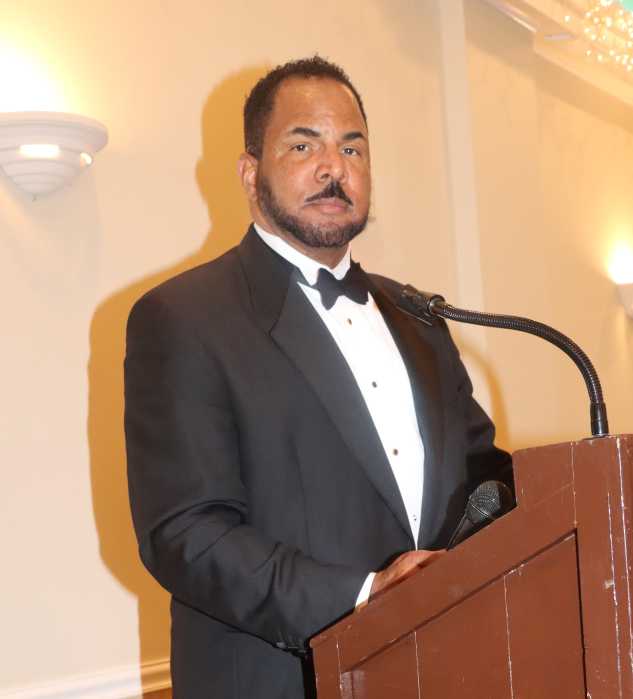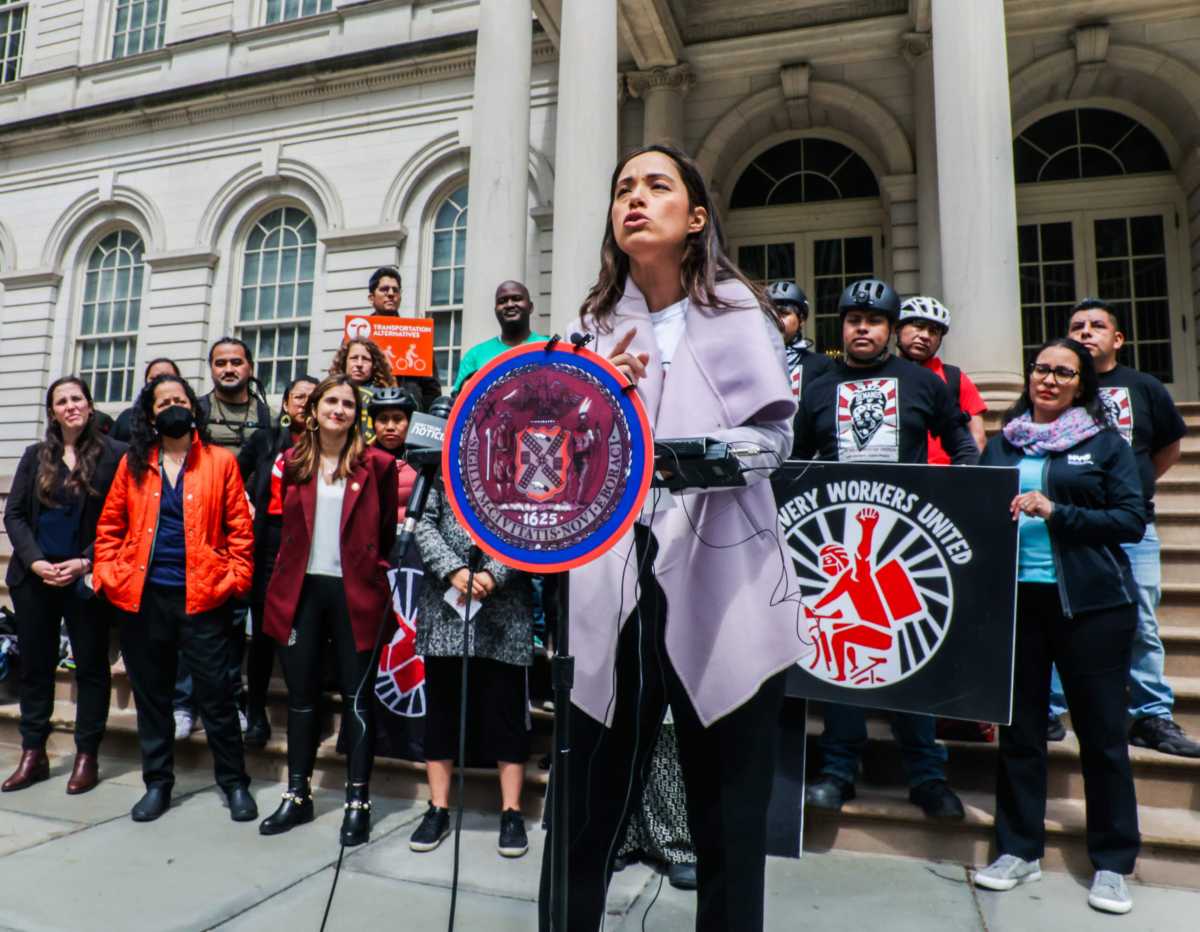US Secretary of State, Mike Pompeo’s visit to CARICOM member nations Guyana and Suriname last month triggered widespread speculation that Washington was soliciting support for some kind of military action against Venezuela, but it is also becoming clear that the administration has its eye on the two because of the billions of barrels of oil lying in offshore sandstone, other under sea rock formations and investment opportunities that would spring from viable oil and gas sectors.
Pompeo had made it clear that the US was uncomfortable with the growing levels of Russian and, in particular, Chinese influence in the Caribbean and northern South America. The US now wants to muscle its way in to capitalize of the largest portion of the investment pie now that the two are part of one of the world’s richest offshore basins, containing more than 15 billion barrels of oil so far.
Washington this week sent high level teams from six separate American state departments to Guyana and Suriname, indicating to government and private sector organizations that up to US$200 billion dollars could be available in loans and grants to the region’s largest and most resource-rich nations. The departments included Treasury, the Export-Import Bank, USAID, State, Homeland Security and the International Development Finance Corporation.
“We looked at the quantum of funds they can lend. From all the agencies in the room, we would be able to access US$200 billion,” Private Sector Chair Nicholas Boyer told reporters after a joint presser in Georgetown on Tuesday.
Surinamese officials echoed similar sentiments after talks with the same delegation, noting that relations with Suriname which has traditionally preferred closer ties with ‘mother country’, The Netherlands, have never been closer, facilitated in large part with the late May election defeat of former military strongman Desi Bouterse. The US had politically despised Bouterse.
Pompeo had pulled no punches in indicating that the US was glad to see the back of Bouterse and was ready to embrace the new administration and muscle out China and other rivals vying for the massive business and investment opportunities that should flow from oil and gas becoming Suriname’s largest industry in about a decade.
“This is the first time that six American government agencies are simultaneously on a mission in Suriname. This is historic and it highlights how seriously the United States (US) takes its relations with Suriname,” said team leader Michael Boehler told local De Ware Tijd newspaper. He is the CEO of the finance bank.
The issue of support for America’s foreign policy to Venezuela did come up during the visit to the two, in Guyana in particular because it shares a border with Venezuela and has a decades old territorial dispute but Pompeo had also said he was visiting to clear the way for American investors to take advantage of large infrastructure projects such as offshore support for rigs, seismic vessels, office space, heavy machinery acquisition, housing for expatriate families and onshore facilities among other areas.
Guyana in mid 2015 found a humungous amount of sweet, light high quality offshore through American supermajor ExxonMobil and a consortium drilling nearly 20 large wells. Actual production and oil exports began in late December of last year. Preparations are underway for production from at least two other fields over the next three years, while a slew of other companies are also lining up to drill wells in fields near Exxon’s.
In neighboring Suriname, US owned Apache Oil and Tullow of the United Kingdom have blazed a trail of several successful wells that contain similar high quality to Guyana, triggering widespread excitement globally. Other companies are also trying to win concessions. Suriname has tons of experience with oil as it has had a 160,000 barrel per day sector for nearly 40 years. Authorities were drilling for water when oil gushed from the ground in western districts near Guyana.


























